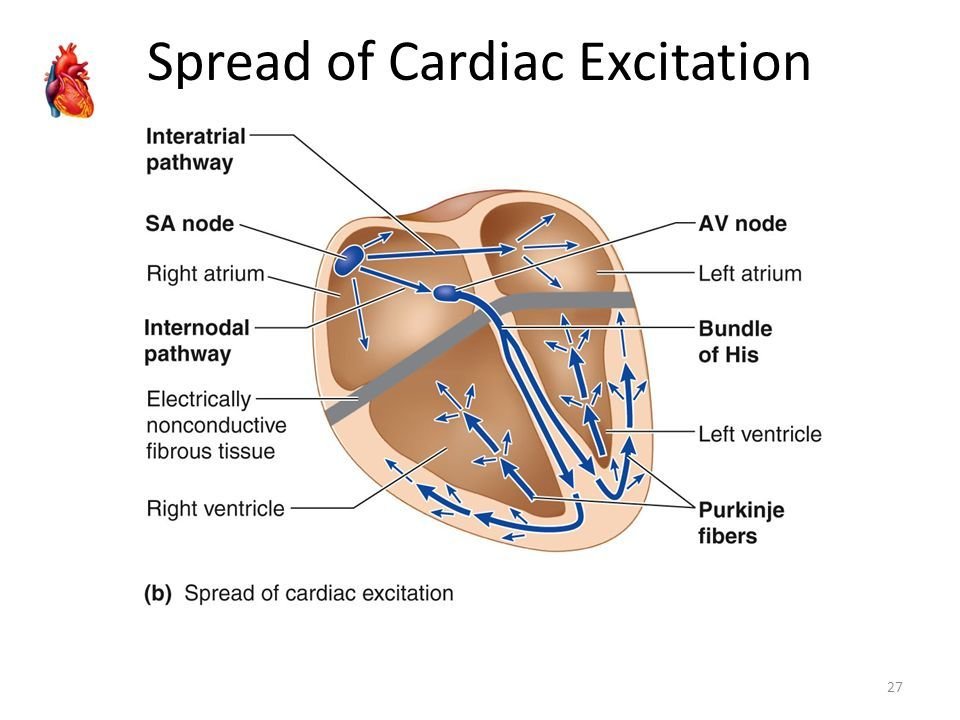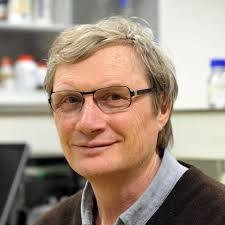Heart issues? Google algorithms to the rescue!

Nele Vandersickel (UGent)
Enid Van Nieuwenhuyse (UGent)

Different websites are linked: form directed network

Search algorithm
What is the link with cardiac arrhythmia?

1/4 over the age of 40 develops cardiac arrhythmia
To understand what is a cardiac arrhythmia, first we need to understand how the heart works normally

Normal rhythm of about 60 beats/min (determined by SA node)
=> 100.000 beats per day
=> 3 000 000 000 in a lifetime!!!
How can this electrical wave go wrong?
When something goes wrong with these electrical waves: cardiac arrhythmia
1. Rotating electrical waves
electrical waves can rotate around an obstacle like a valve, scar tissue or the veins = anatomische reentry -> mexican wave!
When something goes wrong with these electrical waves: cardiac arrhythmia
1. Rotating electrical waves
Electrical waves can even rotate around itself!
This rotating wave act like a source and take over the normal rhythm of the sino atrial node
When something goes wrong with these electrical waves: cardiac arrhythmia
1. Rotating electrical waves
Focal sources give rise to electrical waves which spread centrifugal
if fast, they also take over the normal rhythm
When something goes wrong with these electrical waves: cardiac arrhythmia
2. Focal sources
How to treat an arrhythmia?
Ablation: creating scar (via burning) to interrupt the rotation path

1. Rotating electrical waves

Ablation: removing the focal source by burning it
2. Focal sources
Ablation is one of the most preveland procedures in electrophysiology
In electrophysiology there still exist no good algorithms to determine the location of cardiac arrhythmia
- AT is a regular arrhythmia
- Symptoms: palpitations, lichtheadedness, sweating, shortness of breath, chest pain
- AT has a large incidence: 2.3/1000 people. Also ablation of atrial fibrillation can result in atrial tachycardia
- Possible sources of AT
1. Rotating electrical waves:
- around a piece of scar
- around the veins
- around the mitral valve ...
- ...
2. Focal source

Example: atrial tachycardia
Measurements give rise to a color map.
Needs to be interpreted manually: challenging and operator dependent.


Local activation time
Atrial tachycardia: current stategy
- In electrophysiology there exist still no good algorithms to automatically detect these sources.
- Therefore, we developed a novel methodology to determine these sources automatically: we describe the electrical propagation in the heart as a directed network:

Directed Graph(DG)-mapping
Here is our link to network theory and Google!




Network theory has many applications...
Brain
Search algorithm
We can find these rotating electrical waves very easily, they are just the cycles in our network

But was not yet applied to the heart...
atrial tachycardia is a directed graph!



atrial tachycardia is a directed graph!
Demo-time!!!

OC4 - period 260 ms
We are currently adding additional features to our software, to increase the guidance for the electrophsyiologist



We set up a collaboration with AZ-sint Jan Bruges

Prof. Dr. Mattias Duytschaever

Prof. Dr. Sebastien Knecht

Dr. Jan De Pooter
- 30 cases after ablatie: DG-mapping 100% correct
- 51 real-time cases, but 30 complex.
1. DG-mapping: 74% correct:
2. Expert + latest system : 64% correct
3. Junior + latest system: 48% correct
Dr. Jan De Pooter

Dr. Teresa Strisciuglio
We can compete with the latest mapping systems which have 20 years of development!
Vandersickel et al, 2018
Van Nieuwenhuyse et al, in prep
We set up a collaboration with AZ-sint Jan Bruges

Prof. Dr. Mattias Duytschaever

Prof. Dr. Sebastien Knecht

Dr. Jan De Pooter
Dr. Jan De Pooter

Dr. Teresa Strisciuglio
DG-mapping can automatically find the mechanism of an AT without manual interpretation of the colormap of the atrium
-
Operator independent and in some cases better than the operator: DG-mapping removes intuition, is thus very robust
-
Can limit the amount of scar
-
Added value for complex cases
-
Can be used for training of fellows
-
Faster: DG-mapping is instantaneous
-
We try limit entrainment mapping which is an extra technique usually performed
- A patent is filed for this technology (PCT nov 2018)
- In close contact with TechTransfer: David Aubert -> Business developer
- Interest from companies: Boston Scientific and Philips
- Goal: bring this technology to the patient!


Still room for improvement: +13%
Future: Atrial tachycardia
Test and improve DG-mapping on AT with new collaborations in multiple hospitals

MD. De Potter,
Aalst

Prof. Boyle,
Washington
MD. Derval, Bordeaux
AT
VT
VF
AF
DG-mapping

Future: Atrial tachycardia
New collaboration

Prof. Clayton, Sheffield
AT
VT
VF
AF
DG-mapping
Future: Ventricular Fibrillation
New collaboration (FWO-project)


Prof. MD. Zeppenfeld, Leiden
Prof. MD. Knecht, Bruges
AT
VT
VF
AF
DG-mapping
Future: Ventricular Tachycardia
AT
VT
VF
AF

New collaboration with
Prof. Saiz, Valencia
Continue collaboration
Prof. Duytschaever

Future: Atrial fibrillation
-
Atrial fibrillation (AF): most prevalent cardiac arrhythmia in the world, 6fold increase of stroke, leads to anxiety, depression, and reduced quality of life.
-
Ablation: has only 50% success rate!
-
Mechanism is heatedly debated
-
Is AF maintained by rotational electrical
waves?


Future: Atrial fibrillation
-
FIRM (Focal Impulse and Rotor Modulation) which works with a technique called phase mapping
-
In studies let by the inventors: very high successratio (90%)
-
FIRM is sold for 250 million dollar to Abbott
-
Independent research shows that FIRM does not work, only (50%) succesratio

Future: Atrial fibrillation
Phase mapping?
Kuklik et al, 2017, IEEE Trans Biomed Eng.:
``Great methodological care has to be taken before equating detected phase mapping with rotating waves and using phase mapping detection algorithms to guide catheter ablation of atrial fibrillation''
Future: Atrial fibrillation

In simple 2D simulations, DG mapping outperforms phase mapping as implemented by FIRM
Future: Atrial fibrillation
Applying DG-mapping to simulated data of clinical basket catheters

New collaboration with
Prof. Saiz, Valencia
- This is the start of a new research area
- Google, Facebook and other networks can help us to find novel algorithms


nele.vandersickel@ugent.be


Enid Van Nieuwenhuyse
PhD student
Project leader

Group leader
Prof. Dr. Alexander Panfilov

Clinical expert
Prof. Dr. Mattias Duytschaever

Prof. Dr. Nele Vandersickel
Our main team:
Clinical expert
Clinical expert

Prof. Dr. Sebastien Knecht
Dr. Jan De Pooter

Dr. Teresa Strisciuglio

PhD student
Lars Lowie

Network specialists


Clinical expert
Dr. Jan Goedgebeur
Dr. Nico Van Cleemput
Dr. Anthony de Molder
Copy of Directed networks as a novel approach for improving the management of cardiac arrhythmias - general presentation
By Nele Vandersickel
Copy of Directed networks as a novel approach for improving the management of cardiac arrhythmias - general presentation
- 847



